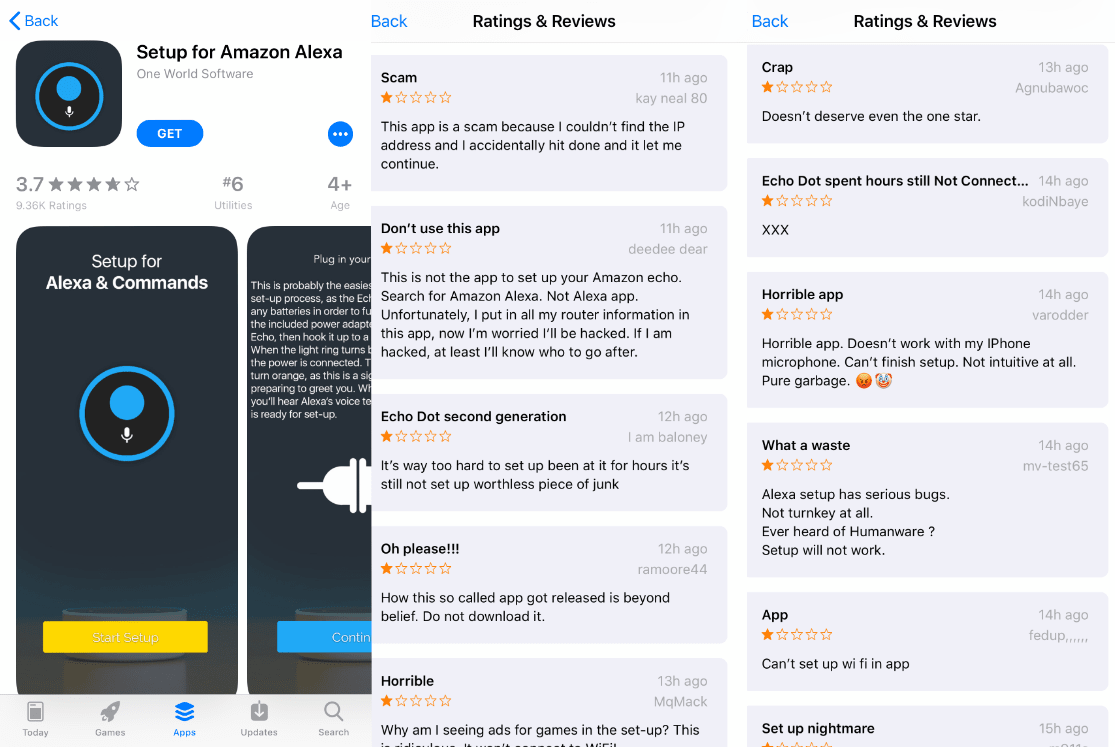Yesterday, Vladimir Putin presented his country with a belated Christmas present: the Avangard hypersonic missile. According to Russian media, it’s capable of reaching Mach 20. And if its ability to conduct evasive maneuvers at high velocity is as good as the Russian president boasted back in March, it would render missile defense systems effectively useless.
Cold War recidivists aren’t the only ones hoping hypersonic technology will deliver a futuristic throwback. Last month marked the 15-year anniversary of the Concorde’s final flight, but right now, a handful of aerospace outfits are working to leapfrog supersonic travel and launch straight into the Mach 5 world of hypersonic propulsion.
‘Hypersonic’ isn’t just buzzy reboot jargon for ‘supersonic.’ It’s a word scientists and engineers use to generally describe air travel between Mach 5 and Mach 10 (that’s 3,836 and 7,673 mph for you sticklers). Aircraft travelling faster than the speed of sound need all sorts of heat shielding and aerodynamic redesigns. But really, all that stuff is secondary to propulsion—without speed, there is no need. Standard jet engines won’t cut it. The rotating detonation engine, though, just might.
Turbofan engines are great for most commercial travel, because they can get a plane going up to around 600 mph while burning fuel really efficiently. North of that, they burn through fuel like a Powerball winner with 50 second cousins. Also, they don’t have the muscle to take an aircraft too far past Mach 1. The Concorde got around that latter problem by using turbofans to get up to sub-Mach speed, then kicking in a set of turbojet afterburners for the rest of the way through the sound barrier, settling into cruising speed at just above Mach 2. But the Concorde was an expensive aircraft to fly, and modern airlines are all about value.
The rotating detonation engine, though, might someday offer both high velocity and decent fuel economy. The engine’s awesome name pretty much describes how the thing works. The engine’s detonation chamber is essentially a thin, hollow cylinder (actually, it’s the thin, hollow space between two concentric cylinders, if you want to get specific). The engine sets off a detonation using the usual means—fuel, oxygen, pressure, heat—which sends a shockwave chasing itself through the cylindrical loop. Imagine a movie scene where the heroes are running away from an explosion then get knocked forward by the shockwave. A rotating detonation engine traps that shockwave in an endless loop, using it to repeatedly jumpstart new detonations.
If you’re wondering how a shockwave detonates something, consider how explosions happen: Pressure. Heat is important, but it’s really just a side-effect of molecules being forced close to one another. Force enough of the right kind of molecules close together and they react. Here, the shockwave slams into oxygen molecules and fuel molecules with so much force that they compress, excite, and detonate. Each subsequent detonation keeps the shockwave going, and the engine keeps those detonations coming by feeding the chamber carefully timed injections of fuel and oxygen.
“What this allows the engine to do is burn fuel at a much higher rate compared to conventional combustion engines,” says Narendra Joshi, the chief engineer of propulsion technologies at GE Research. This higher burn rate creates more thrust, which is how these engines will (theoretically, one day) push aircraft into hypersonic speeds.
But wait, isn’t burning fuel at a higher rate contradictory to the whole efficiency thing? In this case, higher rate doesn’t necessarily mean more. See, the combustion chamber—that thin space between the two metal cylinders—is about 10 times smaller than the chamber in conventional turbine engines. That means it is burning fuel at a much higher pressure than the competition. Internal combustion (or detonation) type engines produce work by compacting fuel. The higher the pressure, the more work the engine gets out of the molecules once they explode. “We estimate a 5 to 10 percent improvement in gas mileage,” says Stephen Heister, a propulsion engineer at Purdue University whose research includes rotating detonation engines. (That’s compared to conventional turbines, jet engines, even rockets.) Also, because this engine isn’t purging a bunch of combustion byproducts that happen in each cycle, it’s far more efficient with the fuel it does burn.
One important caveat: These engines are still only in prototype stage. General Electric isn’t the only one trying to make this concept work for real, though. Aerojet Rocketdyne has been prototyping rotating detonation engine models since at least 2010. The Department of Energy and NASA both also fund research into these maybe-one-day marvels, as does the Department of Defense (more on that in a bit). Finally, research scientists at engineering schools around the country are working on everything from engine designs to the fundamental fluid mechanics that happen inside. Oh, and that’s all just in the US. You better believe that Russia, China, and every other defense-forward country in the world is exploring rotating detonation engines as part of their hypersonic missile programs.
GE Energy claims an aircraft propelled by its rotating detonation engine could travel from New York to LA in an hour. Yes, that’s barely enough time to sleep through all three complimentary episodes of “The Big Bang Theory” available on your seatback display, but there are no physics standing in the way of that claim. It’s all just a question of when tech makes it into existence. However, researchers are still trying to lock down some of the fundamental physical processes at work inside these engines. For instance, Heister says they still don’t know why a detonation wave sometimes goes clockwise around the combustion chamber, and other times it goes counterclockwise. Such knowledge gaps make it hard to design an engine that works predictably.
Another problem is unspent fuel. If the engineers designing the engines can’t predict exactly how the detonation wave will behave, they can’t reliably calibrate the fuel injector. This might mean a little bit of oxygen and fuel misses the detonation wave each cycle. The engine is so hot, this stuff combusts. That might not sound like a big deal, but striking a match technically counts as a combustion. In order to keep that shockwave moving, this engine needs bona fide detonations. So, if the fuel injector isn’t calibrated perfectly, these wimpy combustions cannibalize the fuel, and the engine no longer has the oomph for hypersonic flight. And if your rotating detonation engine can’t reliably keep you traveling at hypersonic speeds, what’s the freakin’ point of anything?
Despite these challenges, Joshi is optimistic. He says GE Energy has already solved a lot of the fundamental challenges associated with hypersonic transport. For instance, the company is developing ceramics that can handle the high temperatures a rotating detonation engine creates as it contains an endless explosion. He says innovations like these will put commercial travelers back into supersonic jets by 2025, and hypersonic transport should follow not much later.
Joshi’s timeline is contingent on the goverment government stepping up its hypersonic research. Lucky for him, the US military’s top technologist announced that hypersonic transport should be the highest priority for the DOD’s top minds earlier this year. The Pentagon’s motivation is the usual scary geopolitical stuff—Russia has the Avangard now of course, which is powered by a scramjet engine, and China claims a robust hypersonic missile research program, too. As long as this arms race doesn’t lead to global annihilation, tech transfers from this missile work could help commercial air travel finally reach the other side of the sound barrier again. Hey, they don’t call it the Danger Zone for nothing.
More Great WIRED Stories




